Tregaron Estate
Introduction
Text-to-speech Audio
Images
A view of the Tregaron Estate mansion, now part of the Washington International School. Photo by Jerrye & Roy Klotz, Wikimedia
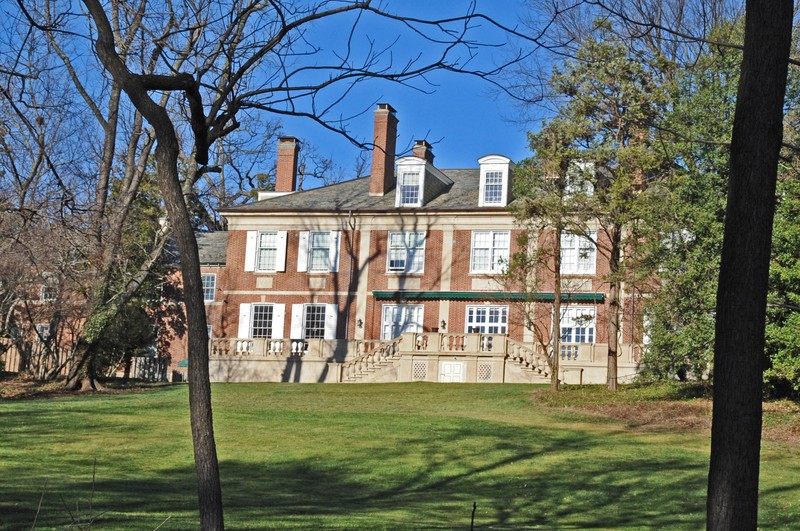
Charles Adams Platt, architect and landscape designer, envisioned the estate as blending manmade and natural elements.
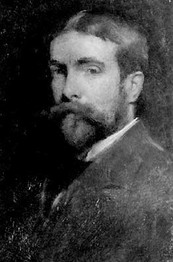
The works of Ellen Biddle Shipman, landscaper and horticulturalist, still guide restoration of the Tregaron Estate.
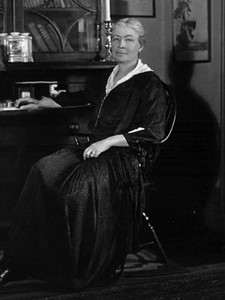
A 1919 example of the walkways and gardens at Tregaron Estate, then known as the Causeway. Courtesy of the Library of Congress.
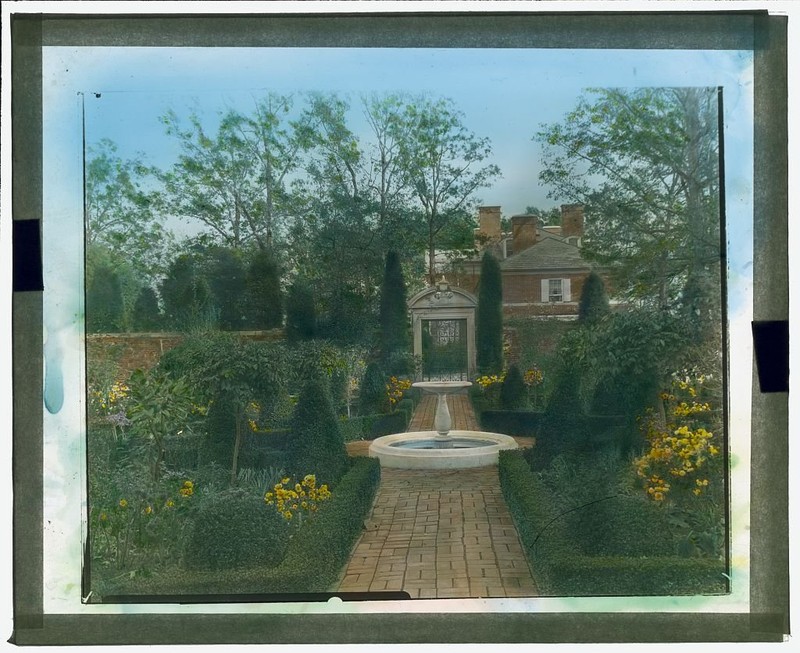
Lawyer and American diplomat, Joseph E. Davies, renamed the estate "Tregaron," after the Welsh village from which his father hailed.
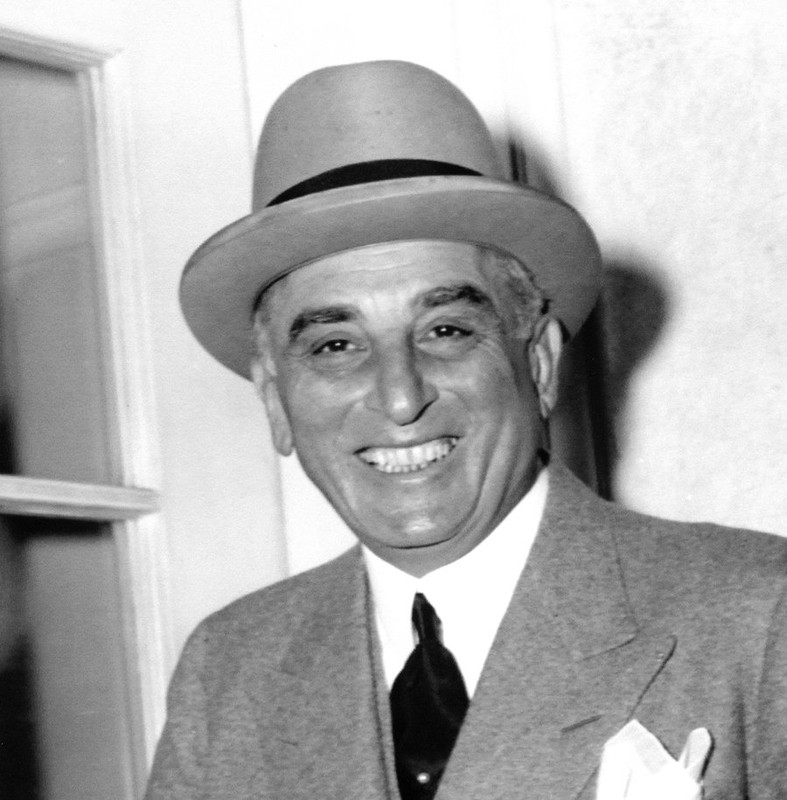
Marjorie Merriweather Post, heiress and owner of the Post cereal company, built the Hillwood Estate after leaving Tregaron.
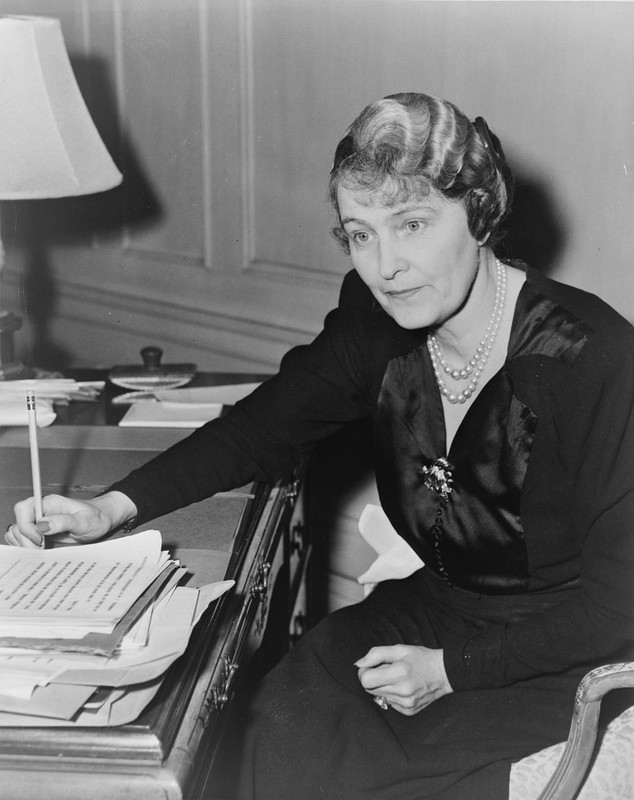
Backstory and Context
Text-to-speech Audio
The Tregaron Estate, first completed in 1912, represents a long history of estate building in Washington, D.C. It was built in what the National Register of Historic Places called “a period of transition.” Unlike the flat swamplands near the Potomac River, the Rock Creek area was hilly and forested, converted over eighteenth and nineteenth centuries into natural parks, farmlands, or summer estates for D.C.’s wealthy. The countryside around the estate became suburbs of the growing city of D.C.: Cleveland Park, named for President Grover Cleveland, and Woodley Park, a named for the Woodley estate. Both neighborhoods are distinguished by their diverse architecture, commercial buildings along Connecticut Avenue, and beautiful greenery. As one of the last estates built in D.C., the Tregaron Estate stands as a testament to this history and its preservation.
The land that would eventually become the Tregaron Estate has its roots in a neighboring property: the Twin Oaks Estate. In the 1880s, the founder of the National Geographic Society and first president of the Bell Telephone Company, Gardiner Greene Hubbard, bought a large plot of land with the intention of building a summer home for himself and his family. These plans came to fruition in the form of the Twin Oaks Estate, which was built between 1888 and 1889. After his death in 1897, Hubbard’s estate was divided between his two daughters; his daughter Roberta was given the Twin Oaks Estate, and his daughter Mabel was given the twenty acres of undeveloped land separate from the estate. Mabel, wife of Alexander Graham Bell and advocate for science and deaf activism, held on to the land for a number of years before eventually selling it to financier James Parmelee in 1911. Upon buying the land, Parmelee and his wife, Alice Maury Parmelee, decided to build a year-round home on the property for their retirement.
The Parmelees harnessed the talents of architect Charles Adams Platt and landscaper Ellen Biddle Shipman in their estate. Platt was an artist by education and approached architectural and landscape design with the same artistic eye. He believed, in his own words, that “the essential truth in country house architecture is that house and garden together form a single design.” He designed what the Parmelees called the Causeway Estate, named for its long, winding driveway off Klingle Road. Visitors would enter the estate and journey along the naturally hilly topography until they crested a hill and were greeted by the grand Georgian Revival mansion, completed in 1912. The Causeway was the only private residence Platt designed in D.C., though his legacy also lives in the Freer Gallery and Coolidge Auditorium in the Library of Congress. Platt also sought the expertise of Ellen Biddle Shipman, who planned gardens, ponds, and paths for pedestrians and horseback riders across the twenty-acre estate. Shipman established a landscape business and spent years refining the Causeway grounds. The Parmelees recreated on the grounds and began a tradition of exhibiting art in the mansion. They were active in the art community, James serving as an advisory member of the Corcoran Gallery of Art, member of the National Gallery of Art Commission, and member of the National Cathedral building committee.
The Parmelees lived in the estate until their deaths in the 1930s. They are buried in the National Cathedral. In 1940, Joseph Edward Davies, an American diplomat and lawyer, and his wife Marjorie Merriweather Post, owner of the Post cereal company, purchased the Causeway Estate. Davies renamed it after his father's home in Wales, Tregaron, meaning “village of the three wells.” Davies came to Washington after his work in Democratic campaigns in Wisconsin and important western states caught the attention of Woodrow Wilson. He was the founder and first chairman of the Federal Trade Commission and assisted Wilson at the Paris Peace Conference in 1919. He returned to private law practice, specializing in international and business law, until serving as the vice-chairman of the Democratic National Committee during Franklin D. Roosevelt’s second campaign. Most significantly, as the Cold War was heating up, Davies served as Ambassador to the Soviet Union between 1936-1938 and Ambassador to Belgium and Envoy to Luxembourg between 1938-1939. Following his service, Davies and his wife moved into the Causeway Estate, where he built a Russian dacha in 1945. Marjorie Merriweather Post, married to Davies from 1935-1955, was the only child of Charles William Post, founder of the Postum Cereal Company. Post took over her father’s business and expanded the company into the General Foods Corporation. She lived a luxurious lifestyle thanks to her individual and familial success, gaining fame as a socialite, collecting art and jewelry, and building the Mar-a-Lago resort in Florida, which she willed to the United States government as the Winter White House. Post filled the Tregaron mansion with Russian art and artifacts while married to Davies. After their divorce in 1955, Davies remained at Tregaron until his death in 1958. Post then established the Hillwood Estate, which she donated to the Smithsonian after her death in 1973. Today, Hillwood is maintained by the Post Foundation and houses much of the art originally displayed at Tregaron.
Following the death of Davies, the Tregaron Estate fell into a state of disrepair for decades. In 1980, the Washington International School purchased six acres of the property and the remaining purchased by a real estate organization. Concerned citizens established the Tregaron Conservancy and used historic landmark designations and laws to save all but one acre from development. The Tregaron Conservancy Today, the estate is undergoing restoration effort by the, which uses Ellen Biddle Shipman’s 1915 plan as a guide. Visitors can walk original trails, find historic plant species, and enjoy the woodland landscape that was carefully curated by its designers and is now maintained by the Tregaron Conservancy.
Sources
"History of the Tregaron Estate." Tregaron Conservancy. 2017. Accessed October 2017. http://www.tregaronconservancy.org/history/
National Park Service. “The Causeway.” National Register of Historic Places Inventory-Nomination Form. Prepared by Kathleen Sinclair Wood. Washington, D.C.: National Park Service, Department of the Interior, 1987. https://npgallery.nps.gov/pdfhost/docs/NRHP/Text/90000910.pdf
National Park Service. “Cleveland Park Historic District.” National Register of Historic Places Inventory-Nomination Form. Prepared by Kathleen Sinclair Wood. Washington, D.C.: National Park Service, Department of the Interior, 1990. https://npgallery.nps.gov/GetAsset/127e029c-35a2-43e0-85b5-2e264fd218c5
